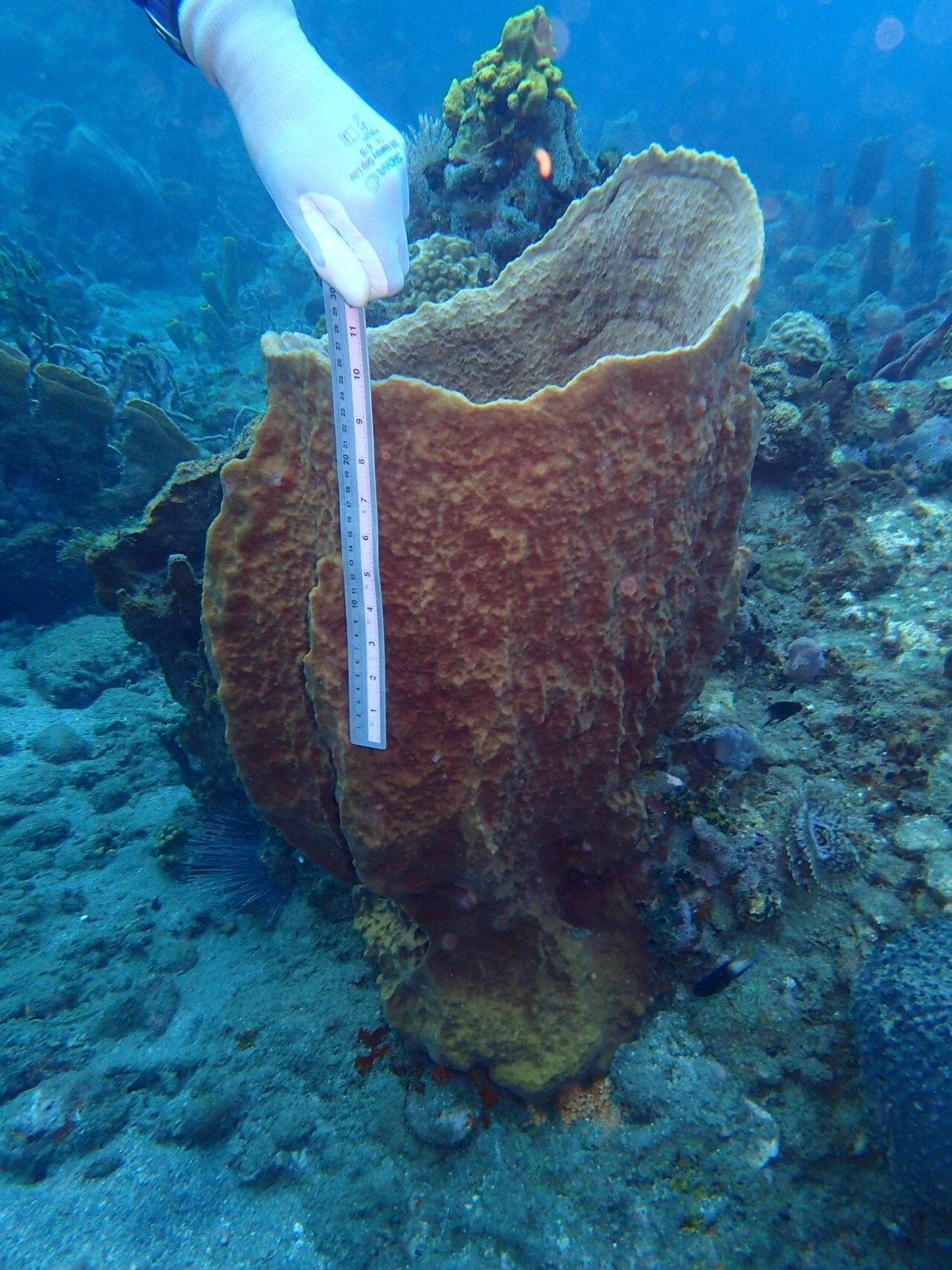
The trails appeared in nearly 70% of the seafloor images that contained living sponges, suggesting that the trails - and thus, the movement - were common, the researchers said in a statement. They showed not only that the colonial invertebrates could crawl around the seafloor but also that they could change direction while moving, and even travel uphill. The spicule trails were a few inches tall and several feet long. "Even here, under permanent ice, a dense sponge community can exist."ĭespite having some suspicion that they might find sponges in the area, Purser said, they "did not expect so many and certainly not that they would show indications of mobility." Three sponge species - Geodia parva, Geodia hentscheli and Stelletta rhaphidophora - were found at Langseth Ridge, making it the most northerly place sponges have ever been found, Purser said. (Image credit: AWI OFOBS team, PS101 Morganti et al./Current Biology) Secretive sponges They also spotted several unusual brown trails following behind the invertebrates, suggesting that these Arctic sponges are capable of crawling around the seafloor, the team reported in a new research paper.Ī figure from the research paper shows typical sponge spicule trails.

There, they discovered one of the most densely populated groups of sponges ever seen. In 2016, a group of researchers onboard the icebreaker research vessel Polarstern used towed cameras to capture video footage of the seafloor at Langseth Ridge - a poorly studied region of the Arctic Ocean that's permanently covered in sea ice - at a depth of between 2,300 and 3,300 feet (700 to 1,000 meters).

Scientists had long assumed that these colonial animals - which form dense, yet porous, skeletons on the seafloor - were sedentary and incapable of moving around, although some encrusting sponges that grow around rocks achieve limited mobility by remodeling their bodies in a sliding fashion. Sponges are one of the oldest animal groups found on Earth, dating back around 600 million years to the Precambrian period.


 0 kommentar(er)
0 kommentar(er)
